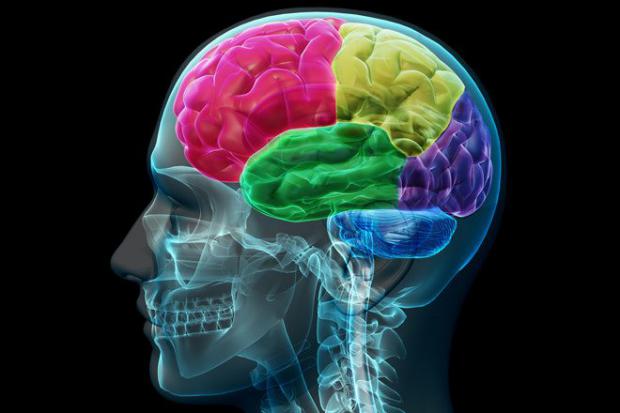
Breaking News
 Who Is ?@NickShirley?? | PBD Podcast | 710
Who Is ?@NickShirley?? | PBD Podcast | 710
 20 Cozy Ways to Celebrate New Year's Eve at Home
20 Cozy Ways to Celebrate New Year's Eve at Home
 The methylation switch: Scientists identify diet that can turn back the cellular clock
The methylation switch: Scientists identify diet that can turn back the cellular clock
 Americans are slaves for the wealthy elite's that write legislation along side corporations...
Americans are slaves for the wealthy elite's that write legislation along side corporations...
Top Tech News
 Laser weapons go mobile on US Army small vehicles
Laser weapons go mobile on US Army small vehicles
 EngineAI T800: Born to Disrupt! #EngineAI #robotics #newtechnology #newproduct
EngineAI T800: Born to Disrupt! #EngineAI #robotics #newtechnology #newproduct
 This Silicon Anode Breakthrough Could Mark A Turning Point For EV Batteries [Update]
This Silicon Anode Breakthrough Could Mark A Turning Point For EV Batteries [Update]
 Travel gadget promises to dry and iron your clothes – totally hands-free
Travel gadget promises to dry and iron your clothes – totally hands-free
 Perfect Aircrete, Kitchen Ingredients.
Perfect Aircrete, Kitchen Ingredients.
 Futuristic pixel-raising display lets you feel what's onscreen
Futuristic pixel-raising display lets you feel what's onscreen
 Cutting-Edge Facility Generates Pure Water and Hydrogen Fuel from Seawater for Mere Pennies
Cutting-Edge Facility Generates Pure Water and Hydrogen Fuel from Seawater for Mere Pennies
 This tiny dev board is packed with features for ambitious makers
This tiny dev board is packed with features for ambitious makers
 Scientists Discover Gel to Regrow Tooth Enamel
Scientists Discover Gel to Regrow Tooth Enamel
 Vitamin C and Dandelion Root Killing Cancer Cells -- as Former CDC Director Calls for COVID-19...
Vitamin C and Dandelion Root Killing Cancer Cells -- as Former CDC Director Calls for COVID-19...
Suspended animation a step closer? Scientists discover 'snooze button'...

Being able to put someone in a state of suspended animation may be a step closer after scientists found the trigger in mammal brains that can induce hibernation.
Researchers from the University of Tsukuba and Harvard Medical School identified the 'snooze button' in mice that triggered naturally occurring temporary hibernation.
This natural sleeping state was also triggered in rats, who do not usually hibernate or go into torbor, according to the Japanese scientists.
It may be possible to induce synthetic hibernation in humans if it turns out we have the same set of brain cells as the mice and rats involved in this study.
Being able to put someone into suspended animation could improve recovery rates from surgery or illness, the team say. It could also make interplanetary travel safer.
Two studies, unrelated but both published in Nature, made a similar discovery - that a neuron could be used to trigger torpor in mammal brains.
In a US study, scientists identified a population of brain cells that control topor and showed that stimulating these brain cells in mice induces torpor.
They found that while blocking these brain cells prevents torpor, the authors wrote.
The researchers say it may be possible to induce synthetic hibernation in humans if we have the same set of brain cells, which could be useful in reducing tissue damage or preserving organs for transplantation.



